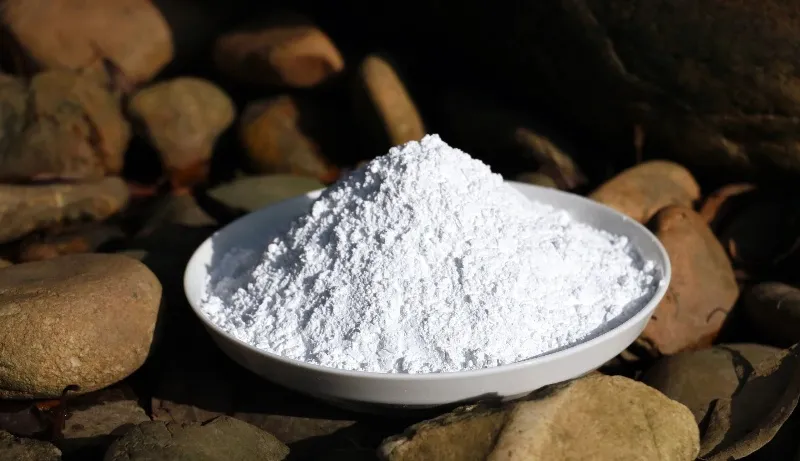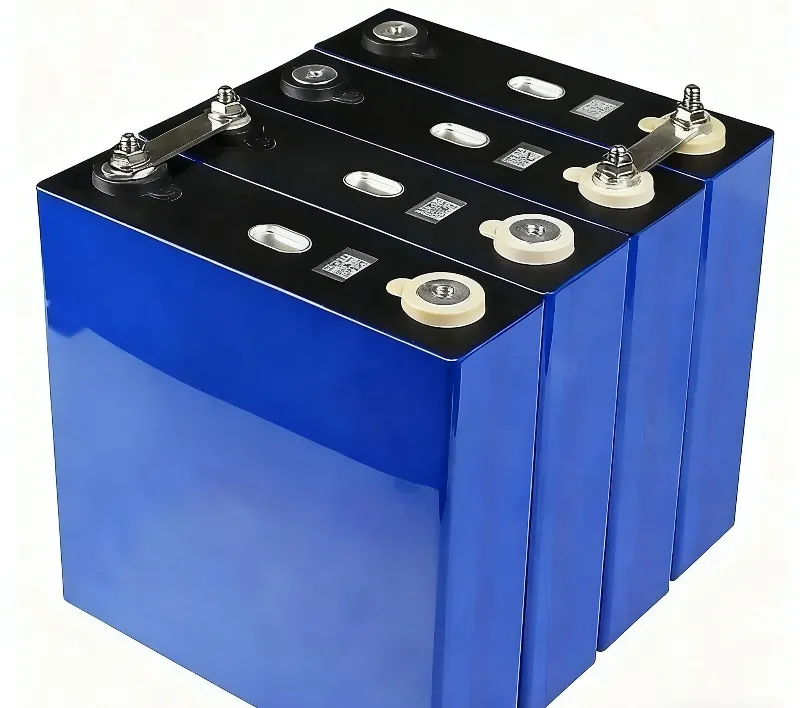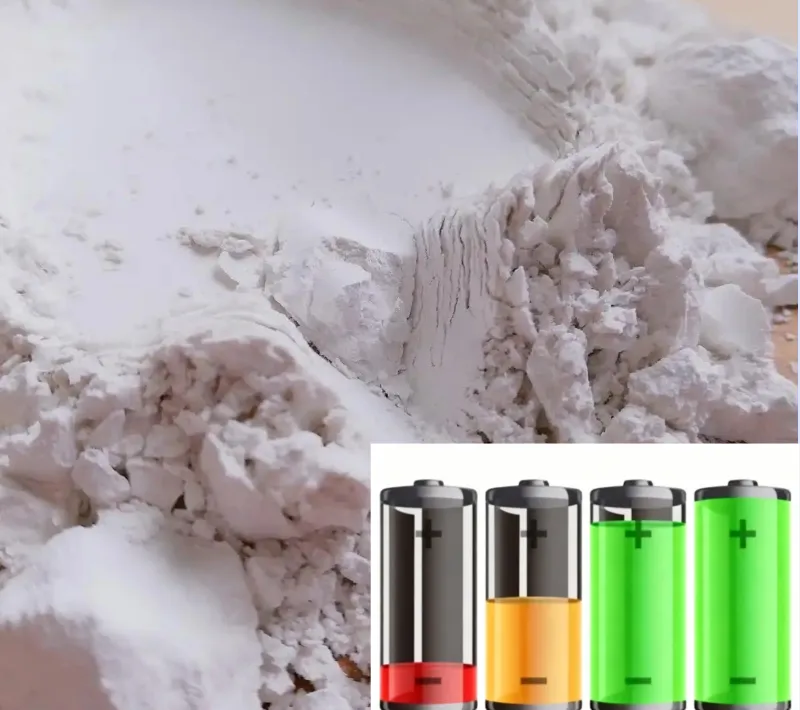Driven by global energy transition and “dual-carbon” strategies, lithium-ion batteries are core components of electric vehicles and energy storage systems. Their performance improvement and cost reduction are key industry priorities. Negative electrode materials, the “energy heart” of lithium batteries, determine capacity, cycle life, and safety. Traditional graphite anodes, nearing their 372 mAh/g capacity limit, cannot meet high energy density demands. Although emerging materials such as silicon-based and hard carbon electrodes show great promise, they face issues such as severe volume expansion and poor electrical conductivity. In this context, Calcium Carbonate in Negative Electrode Materials is attracting increasing attention. With its unique physicochemical properties, this traditional inorganic material is finding innovative pathways through material design and technological advances to enhance next-generation anode systems.

Physicochemical Characteristics and Functional Advantages of Calcium Carbonate
Calcium carbonate is an abundant natural mineral known for its low cost, environmental friendliness, and high chemical stability. Its crystal structure contains a large number of vacancies, which can be modified or composited to introduce conductivity, ion adsorption, and structural support. Calcium Carbonate in Negative Electrode Materials, its value lies in several core functions:
- Structural Regulation: Calcium carbonate acts as a template, creating porous structures. This increases anode-electrolyte contact and shortens lithium-ion diffusion paths.
- Interface Optimization: It adsorbs by-products like HF, reducing excessive SEI film growth. This promotes a denser, conductive interface layer.
- Volume Buffering: In silicon-based anodes, it mitigates volume expansion, preventing electrode pulverization.
- Conductivity Enhancement: Halogenated or carbon-coated calcium carbonate improves electron conductivity, reducing internal resistance.
Innovative Applications of Calcium Carbonate in Negative Electrode Materials
Pore Formation in Hard Carbon Anodes
Hard carbon is used in sodium-ion and low-temperature lithium-ion batteries. Its reversible capacity and efficiency are limited. Using polyacrylonitrile and calcium carbonate, researchers created porous carbon microspheres. The process involved emulsion polymerization, pre-oxidation, carbonization, and acid etching. The material achieved an 800 m²/g surface area. After etching, micropore percentage rose from 13.47% to 28.6%. First charge capacity reached 620 mAh/g, maintaining 520 mAh/g after 50 cycles—a 65% improvement. Calcium carbonate decomposes into CO₂, forming nanopores that enhance lithium storage and relieve stress.
Volume Buffering in Silicon-Based Anodes
Silicon anodes offer 4200 mAh/g capacity but face 300% volume expansion, causing pulverization. A Si@CaCO₃@C composite was developed using nanosilicon, calcium carbonate, and citric acid. High-energy ball milling and carbonization created a 3D structure. The calcium carbonate layer buffers mechanical stress, while the carbon layer ensures electron conduction. The composite retained 82% capacity after 500 cycles at 1C, a 40% improvement over pure silicon.
Interface Stability in Lithium-Metal Batteries
Lithium-metal batteries face dendrite growth and electrolyte decomposition, risking short circuits. Nano-calcium carbonate was added as an electrolyte additive. It adsorbs HF, suppressing SEI overgrowth. Ca²⁺ ions form an electrostatic shield, promoting uniform lithium deposition. With 5% nano-CaCO₃, Coulombic efficiency improved from 82% to 96%, and cycle life tripled. The electrolyte’s decomposition temperature rose by 50°C, achieving a UL94 V-0 rating.
Separator Coatings for Thermal Stability
Polyolefin separators shrink at 135°C, causing short circuits. Chlorinated calcium carbonate introduces Cl⁻ ions, increasing charge carrier concentration. The coated separator’s thermal shrinkage dropped from 80% to 5%. Ionic conductivity increased by 30%, supporting 4C fast-charging.

Functional Revolution of Calcium Carbonate
Calcium carbonate is evolving from a filler to a functional additive:
- Whisker Reinforcement: Calcium carbonate whiskers form conductive networks, enhancing electrode strength and conductivity.
- Quantum Dot Effect: Calcium carbonate quantum dots boost lithium-ion adsorption via surface plasmon resonance.
- Biomimetic Design: Inspired by seashell structures, self-healing anodes are being developed to extend battery lifespan.
Conclusion
Calcium carbonate’s applications in negative electrode materials reflect material innovation and cross-industry collaboration. This mineral offers low-cost, high-performance solutions for the global energy transition. EPIC Powder, a specialist in ultrafine powder processing, enhances these applications through advanced equipment for lithium battery anode production. Their solutions include dust-free feeding, ultra-fine grinding, and classification of materials like graphite and carbon composites. By optimizing calcium carbonate powder quality—ensuring high whiteness, fineness up to 3000 mesh, and surface modification—EPIC enables better dispersibility and performance in battery electrodes. This supports scalable, efficient manufacturing for next-generation energy storage.
